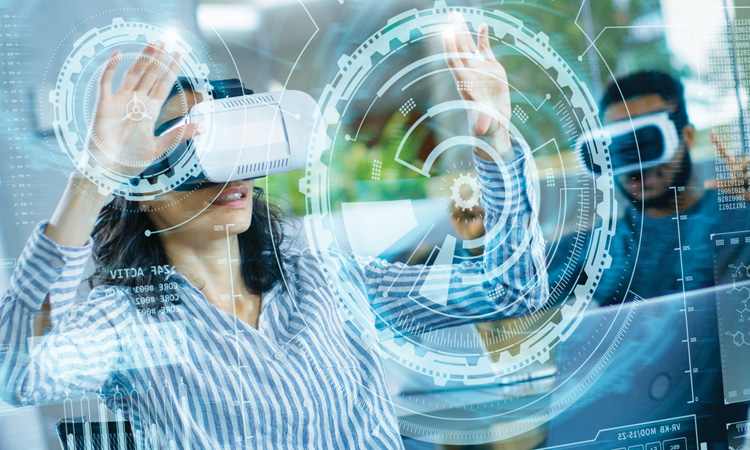Feature
Brilliant Idea or Big Headache?
Efforts to augment reality by mixing light from real and virtual objects are fueling optical innovation, but making them work with the human sensory system has proved a tough job.
 [gorodenkoff / Getty Images]
[gorodenkoff / Getty Images]
Augmented reality (AR) seemed on a roll when Microsoft introduced its HoloLens system in 2015. NASA used it to show astronaut Buzz Aldrin seemingly walk on the surface of Mars for its “Destination Mars” exhibit (OPN, June 2016, p. 24). A Microsoft demonstration of the HoloLens added a futuristic light to the 100th-anniversary meeting of The Optical Society (OSA; now Optica) in Rochester, NY, USA. The new technology also seemed to offer hope for removing a persistent damper on the broader market for virtual reality (VR): the nausea that frequently accompanies the VR experience.
…Log in or become a member to view the full text of this article.
This article may be available for purchase via the search at Optica Publishing Group.
Optica Members get the full text of Optics & Photonics News, plus a variety of other member benefits.
